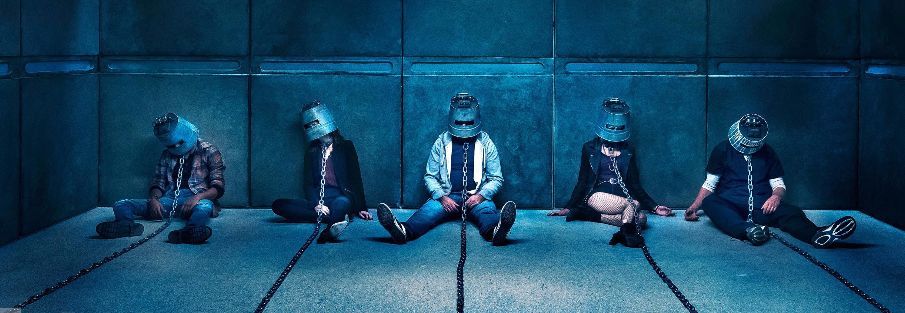Thesis
Contemporary aesthetics has been haunted by the growing prevalence of the “microeconomic mode.” According to Jane Elliott, texts operating within the microeconomic mode are characterized by the “combination of abstraction and extremity” which “results in situations in which individuals make agonized choices among unwelcome options” (1). According to Elliott, the most common textual form of the microeconomic mode is the “survival game.”
Notes & Quotes
Across the microeconomic mode, we witness this conversion of interest from an analytic constant into a palpable, propulsive element of our status as corporeal human organisms- into what I call life interest… By taking versions of the so-called “survival instinct” as their central example of individual interest in circumstances variously stripped of ordinary vectors of social determination, works in the microeconomic mode depict the contemporary individual as primarily a subject of life interest. (5-6)
The assumption that underwrites gamification, the perception that everyday life activities operate and are best approached as games, emerges from a regime of immaterial labor that codifies and monetizes the sum total of human behaviors as constantly shifting flows of affect and action. The survival game works in the opposite direction. By activating each player’s interest in life, it forcibly locates each individual agent inside the container of its single, irreplaceable human organism. (13)
Within the microeconomic mode, then, is a major focus on the material human body and its life. She later even claims that torture “offers what might be the ultimate version of the abstraction and extremity that characterize the microeconomic mode” (19). Is the microeconomic mode therapeutic then? Does it work to help us get back to the basics, so to speak? Or does it make us realize and tremble at how far we’ve gone from having life-interest that we need a psychotic game designer (a la Saw) to bring us out of the system (and into a new, more material system)?
This reminds me a lot of David McNally’s observation in his Monsters of the Market that cultures who have anxiety surrounding the human body (because of the physical and psychical impacts of labour and neoliberal capitalism) typically have a rich canon of monster fiction which often features the impure body and the body undergoing torture and dismemberment.
I wonder whether this might even be applicable to my 19th century gothic lists. Of course, they would have operated in a different mode (liberalism rather than neoliberalism; capitalism rather than late capitalism), however I have noticed that most gothic novels and short stories must include, by nature, a character or characters who have been abstracted from the everyday and must survive the excessive threat placed upon their lives and psyche. Even when the character is not placed within a materially new environment (the gothic castle, dungeon, or haunted house, for example), the character finds him or herself in a new reality. Consider Edgar Allan Poe’s “William Wilson” or Nathaniel Hawthorne’s “Young Goodman Brown,” for example.
Overall, I’m really excited to trace the presence of the microeconomic mode across the films on this list.
Here is a great blog post from Horror Homeroom summarizing the survival game subgenre in horror.
